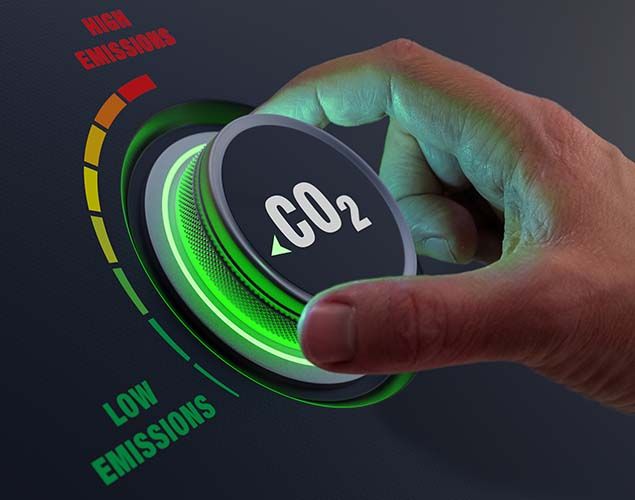
With the growing threat of climate change, many industries are exploring innovative methods to reduce carbon emissions. These methods include adopting new technologies, improving existing practices, and investing in sustainable energy solutions. Achieving net-zero goals is no longer a distant target but a pressing necessity.
Decarbonization technology plays a pivotal role in helping organizations and governments meet these ambitious targets. By focusing on efficiency, sustainability, and environmental impact, decarbonization solutions provide a viable path toward achieving these goals, benefiting both the planet and businesses in the process. Let’s read about this technology in detail.
Reducing Carbon Emissions with Advanced Solutions
Decarbonization technology is central to reducing harmful emissions. Industries can significantly lower their carbon footprints by replacing carbon-intensive practices with energy-efficient alternatives. These technological advancements focus on carbon capture, storage, and sustainable energy sources like solar and wind. Integrating these technologies allows businesses to reduce the harmful gases contributing to global warming. This shift mitigates environmental damage and supports compliance with changing regulations aimed at curbing emissions.
Enhancing Energy Efficiency Across Sectors
One of the primary applications of this technology is improving energy efficiency across various sectors. By utilizing smarter grids and optimizing energy consumption, businesses and industries can reduce their reliance on fossil fuels. This reduction helps conserve valuable resources while also reducing the environmental impact of energy production. Through the use of advanced sensors and automation systems, energy consumption becomes more streamlined, ensuring that every unit of energy is used effectively. The application of energy-efficient technologies also enhances productivity by reducing downtime and operational costs.
Transitioning to Renewable Energy Sources
A key component of decarbonization is the transition from fossil fuels to renewable energy sources. Wind, solar, and hydropower are leading alternatives that can replace traditional, carbon-heavy energy production methods. The said technology facilitates this shift by providing better energy storage solutions and improving the efficiency of renewable energy systems. These technologies make it possible to harness the power of natural resources in a more reliable and consistent way, reducing dependency on non-renewable energy.
Carbon Capture and Storage
Another critical advancement in this technology is carbon capture and storage (CCS). This process involves capturing carbon dioxide emissions from industrial processes before they can enter the atmosphere. The captured CO2 is then transported and stored in geological formations, preventing its release into the environment. With CCS, industries can continue to operate without significantly increasing their carbon emissions, contributing to a cleaner, more sustainable atmosphere. This technology provides a bridge for industries that may still rely on fossil fuels, allowing them to reduce their environmental impact while transitioning to cleaner alternatives.
Innovations in Sustainable Transport
The said technology is also revolutionizing the transportation sector. Electric vehicles (EVs), along with hydrogen-powered vehicles, are replacing traditional gasoline and diesel engines. These alternatives not only reduce direct emissions but also promote the use of renewable energy sources for charging. As battery technology improves, EVs become more efficient and accessible, making it easier for both individuals and businesses to adopt low-emission transport options.
The Role of Smart Technologies in Decarbonization
Incorporating smart technologies into decarbonization efforts is becoming increasingly important. IoT (Internet of Things) devices and artificial intelligence (AI) are now being used to monitor and manage energy usage more effectively. These systems assist in forecasting energy demand, detecting inefficiencies, and suggesting corrective measures. By employing real-time data analysis, businesses can fine-tune their energy strategies and make informed decisions about their carbon reduction efforts.
As industries strive for net-zero emissions, decarbonization technology remains crucial in achieving these goals. This technology offers diverse strategies for reducing carbon footprints across sectors, from energy efficiency improvements to carbon capture solutions. Businesses and governments can drive the world closer to achieving its climate objectives by prioritizing these technological solutions.
